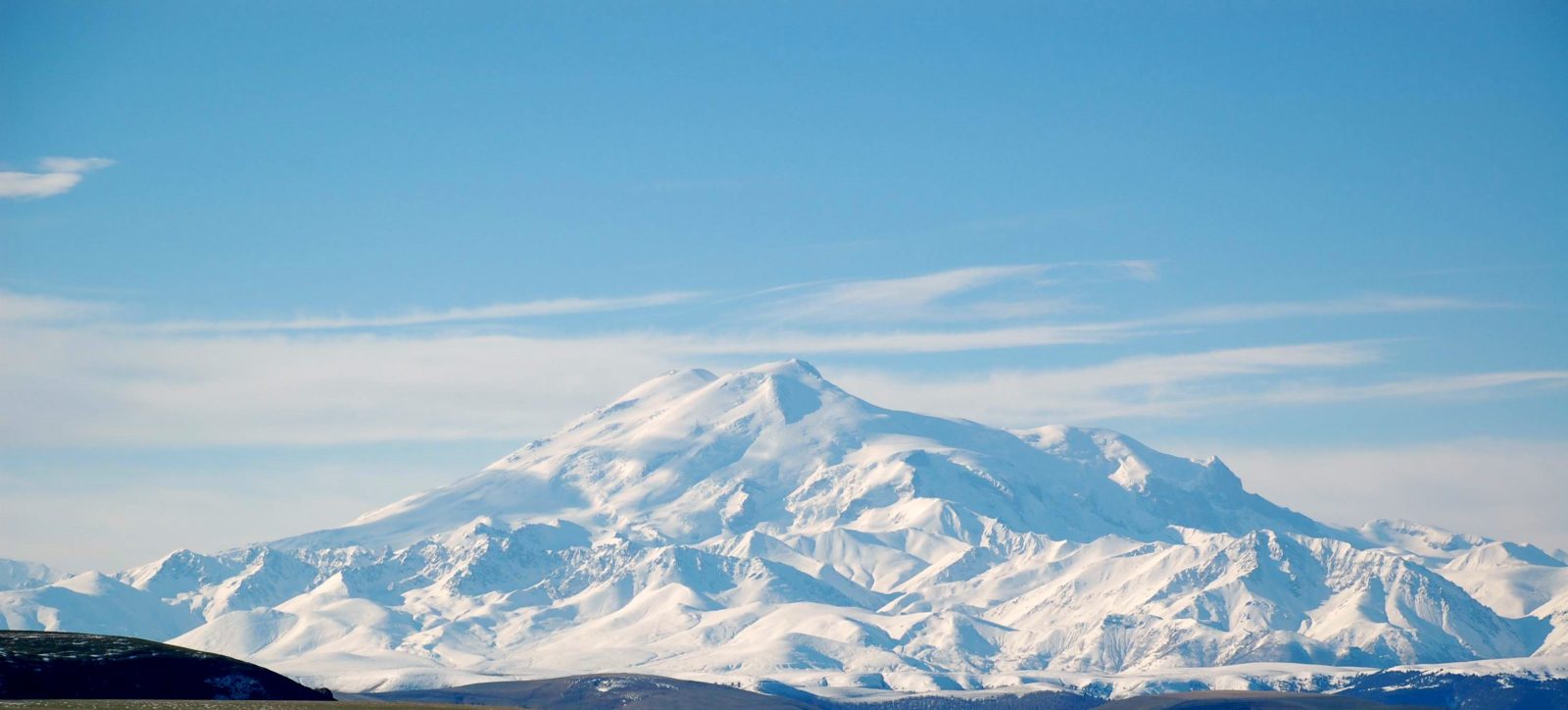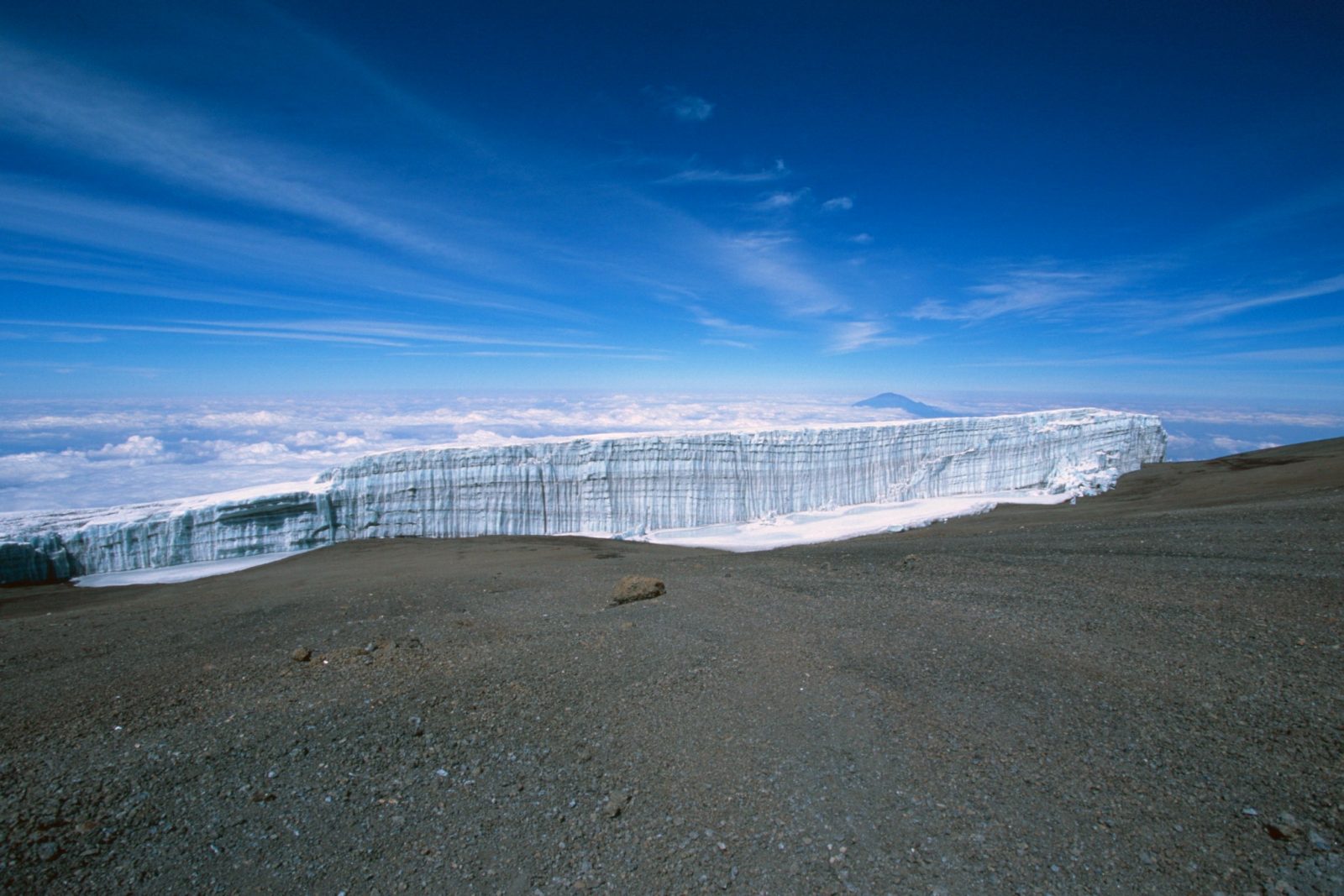
How hard is it to climb Mount Kenya?
Mount Kenya has three main peaks and the two larger peaks of Batian (5199m) and Nelion (5188m) are both technical climbs, however the third peak, Point Lenana (4,985m) is a trekking peak and although it is definitely a challenge and if you’re new to trekking, camping and altitude then you may well struggle,
Mount Kenya has three main peaks and the two larger peaks of Batian (5199m) and Nelion (5188m) are both technical climbs, however the third peak, Point Lenana (4,985m) is a trekking peak and although it is definitely a challenge and if you’re new to trekking, camping and altitude then you may well struggle, however with the correct preparation and a good guide team, then the vast majority of people will successfully summit.
If you regularly trek in hills and mountains then you’ll already be well equipped to climb Mount Kenya, but it shouldn’t be underestimated as most people that have climbed both Mount Kenya and Kilimanjaro will know that the landscape and summit routes are more challenging on Mount Kenya so you need to attempt it with a good guide and support team, ensure that you have the correct equipment, eat well and drink lots of fluids so that by the time you reach the higher camps you’ll be well acclimatised to the lower levels of oxygen in the air, hydrated and full of energy ready to summit.

HOW LONG DOES IT TAKE TO CLIMB MOUNT KENYA?
A lot of companies offer 3 day climbs on Mount Kenya but this does not offer a safe acclimatisation plan, our preferred itinerary is 5 days on the shorter options of our Mount Kenya trek and Mount Kenya traverse to allow for a safe ascent and descent. If you plan to use the remote Burguret route then expect to be on the mountain for 6 days, similarly if you include the Summit Circuit in your plans.
HOW MUCH DOES IT COST TO CLIMB MOUNT KENYA?
The cost varies depending on the Mount Kenya routes and the accommodation that you plan to use, camping rather than using the huts at the various camps is the cheaper option on a Western ascent and decent, either on the Naro Moru route, Sirimon route or a mix of both, a west to east traverse is a little more expensive as you need to use 4×4’s to get off / on to the mountain on the Chogoria route.
HOW HARD IS IT TO CLIMB MOUNT KENYA?
The technical ascent of Nelion or Batian require good technical climbing experience but Point Lenana can be climbed by most people, you just need to have good general fitness and the correct equipment, read up on health and altitude in the mountains, acclimatising safely and our Mount Kenya advice.

WHAT EQUIPMENT DO YOU NEED TO CLIMB MOUNT KENYA?
For trekking on Mt Kenya we have a recommended kit list (we provide all the group equipment, particularly tents and cooking equipment, however if you need personal equipment we can rent out kit like sleeping bags, waterproof jackets, trekking poles, etc). When choosing your footwear our trekking boot guide will help point you in the right direction as will our sleeping bag guide when deciding which weight / warmth bag suits you.
WHEN IS THE BEST TIME TO CLIMB MOUNT KENYA?
When is the best time to climb Mount Kenya is a question we get asked a lot, the reality is that it can be climbed all year round, though if you don’t fancy trekking in the rainy seasons it’s better to avoid mid-March to mid-May and October and November butit’s getting increasingly difficult to predict the rains so if you have no alternative but to climb in these months then don’t let the rains hold you back, the rain tends to fall after lunch on the mountain so a lot of the time we can avoid trekking in heavy rain.
HOW DO YOU GET TO MOUNT KENYA FROM NAIROBI?
There are a number of options to get to Mount Kenya, most people will ascend on the Western side and you can get a public matatu from Nairobi directly to Naro Moru / Nanyuki, that is the cheapest option. There are also matatu’s to Chogoria from Nairobi on the eastern side of the mountain. For those that do not fancy squeezing into public transport, private transfers from anywhere in Nairobi can be arranged, read further details on our Mount Kenya trek options.

Related Articles

12 MONTHS, 12 MOUNTAINS
In celebration of World Mountain Day, we've created a calendar for the year to make it easy for you to plan your next mountain climb in the...

What’s The Highest Mountain in Europe?
Its summit is 18,510 feet (5642 meters) above sea level and it is located in Russia. However the mountain itself - including the glaciers...

Accommodation in Embu Guest House
Anyone visiting Embu on a Medical Elective or to volunteer with the Moving Mountains Trust will spend time in our Adventure Alternative...

Accommodation in Western Kenya
Anyone visiting Western Kenya on a Medical Elective or to volunteer with the Moving Mountains Trust will spend time in our Guest House or...

How can I Climb Kilimanjaro for Charity?
We often get asked, ‘how do I climb Mount Kilimanjaro for Charity?’ and the answer is easy, call us to have an initial talk about...

Huts on Mount Elbrus
Years ago when I was guiding clients with my Russian friend Sasha Lebedev to climb Mount Elbrus during the ‘perestroika’ period after...

Faking Mount Everest?
An interesting story has come about towards the end of this years season on Mount Everest concerning the claim from an Indian climber that his...

Kilimanjaro Diamox?
Regarding the use of Diamox on a Kilimanjaro climb, there is a tendency now for people to use it as a default drug in order to increase...

Weather and Seasons on Kilimanjaro
There is a magic about standing on the Roof of Africa. Mount Kilimanjaro, Africa's tallest mountain, stands 5895m above sea level. The climb...
